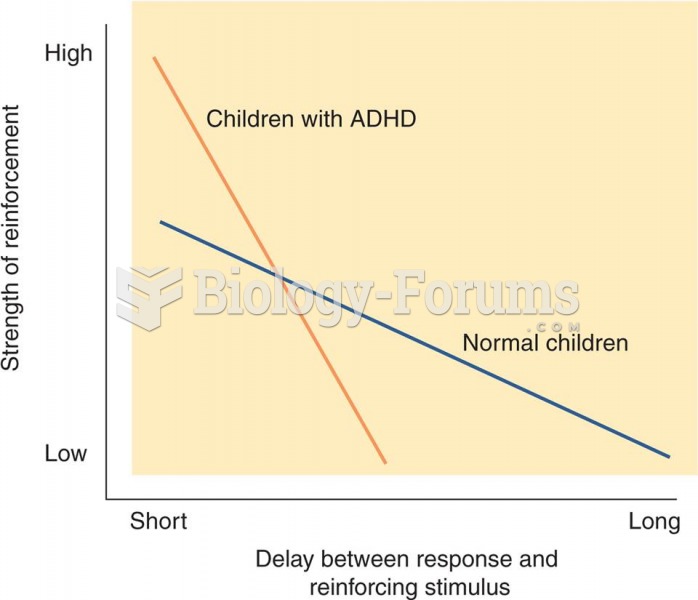Answer to Question 1
Predominantly inattentive presentation (ADHD-PI) describes children who meet symptom criteria for inattention but not hyperactivityimpuls ivity. Predominantly hyperactiveimpulsiv e presentation (ADHD-HI) describes children who meet symptom criteria for hyperactivity-impulsivity but not inattention. Combined presentation (ADHD-C) describes children who meet symptom criteria for both inattention and hyperactivityimpuls ivity.
Answer to Question 2
Symptoms of inattention become especially evident when the child starts school. Classroom demands for sustained attention and goal-directed persistence are formidable challenges for these children (Kofler, Rapport, & Alderson, 2008). Not surprisingly, this is when children are usually identified as having ADHD and referred for special assistance. Symptoms of inattention continue through grade school, resulting in low academic productivity, distractibility, poor organization, trouble meeting deadlines, and an inability to follow through on social promises or commitments to peers. The hyperactiveimpulsiv e behaviors that were present in preschool continue, with some decline, from 6 to 12 years of age (Barkley, 2006a). Although hyperactiveimpulsiv e behaviors decline significantly by adolescence, they still occur at a higher level than in 95 of same-age peers who do not have ADHD. The disorder continues into adolescence for at least 50 or more of clinic-referred elementary school children. Childhood symptoms of hyperactivityimpuls ivity (more so than symptoms of inattention) are generally related to poor adolescent outcomes (Barkley, 2006b). Unfortunately, most children with ADHD will continue to experience problems, leading to a lifelong pattern of suffering and disappointment (Barkley, 2014a, b). Once thought of primarily as a disorder of childhood, ADHD is now well established as an adult disorder. Adults with ADHD are restless, easily bored, and constantly seeking novelty and excitement; they may experience work difficulties, impaired social relations, and suffer from depression, low self-concept, substance abuse, and personality disorder







